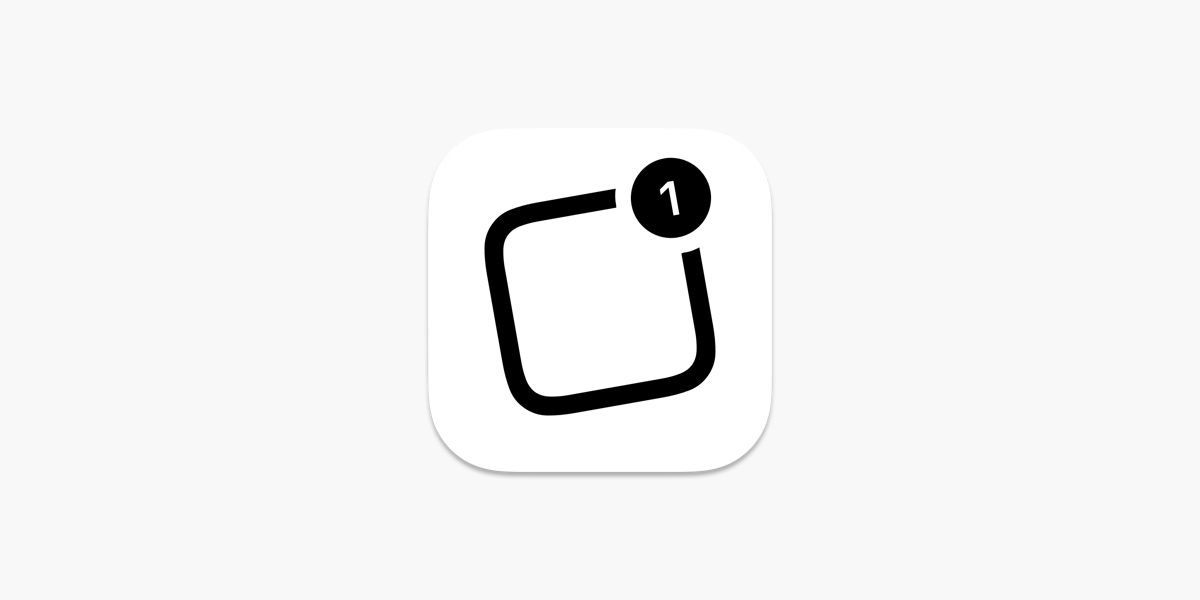A message that randomly shows up on an iPhone or any other device running the iOS operating system is considered an Apple push notification. The user of an iOS device must provide permission before the installed application may send them any notifications, which distinguishes them from Android devices owners.The application’s publisher will initiate the delivery of push notifications to the user’s mobile device once they have opted in. In addition, iOS users can receive them regardless of whether or not they are currently using the app or their device. Refer yourself to https://www.nashpush.com/apple-push-notification-service to get acquainted with a reliable push notification service for all Apple devices.
How do real-time notifications function on the iOS operating system?
Notifications can be generated either locally directly within the application or distantly on a server you administer. To build notification content and initiate notification distribution, local notifications make use of events like time and user’s current geolocation. The development company’s server produces push notifications, and the Apple Push Notification service (commonly referred to as APNs) delivers them to users’ devices, allowing for remote notifications.
The process of issuing a push notification to iOS owners involves multiple parties:
- Provider. For a push notification to function, you must first set up, operate, and configure a server known as a provider.
- Alert notification service on iOS..
- Input gadget. Any device or wearable running an iOS operating system.
- The application.
Providers can begin sending message requests to notification service of iOS once they have configured push notifications on their end and in your app. The notification is sent to all intended devices using APNs. When APNs receives a message, it forwards it to the app on the user’s device that was intended to receive it.
Places where Apple push notifications are usually displayed
There are three possible locations for alerts to be shown on the user’s iOS device:
- Apple notification center.
- Lock screen.
- Pop-up message while the device is in active use.
The behavior and layout of notifications on Apple devices can typically be tailored in the device’s settings. This allows users to personalize the display and location of specific app notifications.
Push notification service limits on Apple devices
Notifications on iOS devices can be shortened to conform to various notification presentation criteria. With the iOS byte restriction, you can have about four lines of text on the lock screen or in the notification center (unless the latter is manually disabled by the user). The most crucial and actionable aspect of your message should be communicated within the first forty characters, as a rule of thumb. This guarantees that it will appear correctly across a wide range of gadgets as well as operating systems, without having to sacrifice readability for the sake of aesthetics.
iOS 15 novels concerning push notifications
Apple has announced major changes for 2021 that will enhance user engagement by prioritizing privacy and making notifications simpler to view and manage. To help consumers avoid being constantly interrupted, all non-critical alerts are compiled into one daily digest. Additionally, users can customize their notification settings based on their current attention with Apple’s new focus function. When driving, working, or sleeping, for instance, or in other user-defined categories, a user may want to limit notifications.
Analyze user activity in response to notifications before launching the final product. Find out what is working the best for the targeted audience and what is not by monitoring metrics like open, clickthrough, and unsubscribe rates. Strategy changes should be made in light of this information.
